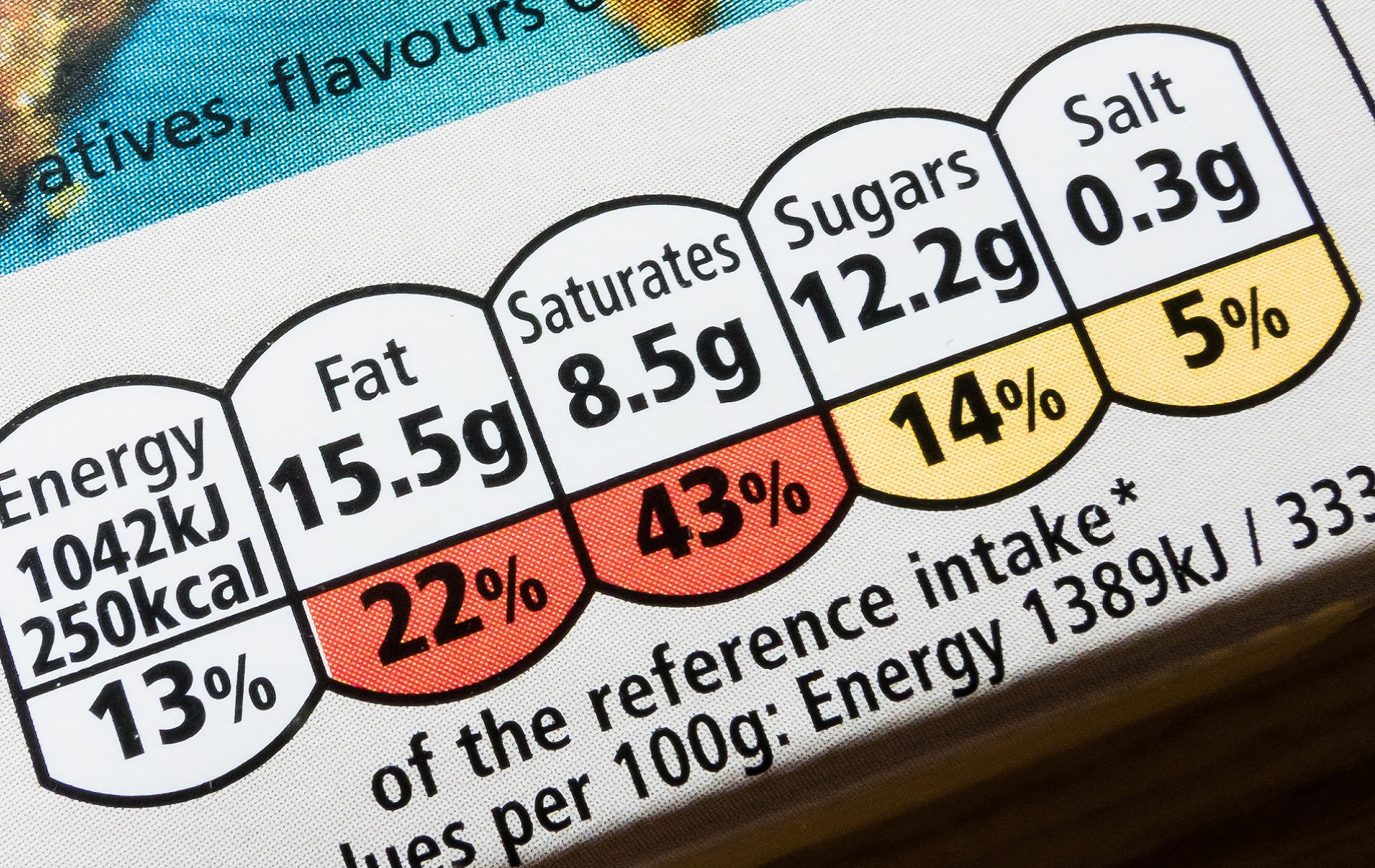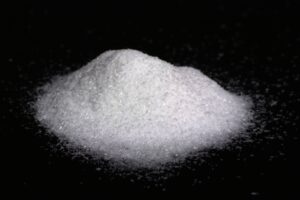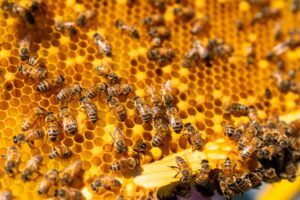Danish researchers have suggested ‘silent’ reformulation of foods may help consumers eat fewer calories without realising it.
Professor Jørgen Dejgård Jensen and his team undertook a study using 12 months of weekly sales data from a Danish supermarket chain.
Secret mission to alter food content
The study chose eight popular processed foods to reform. These included bread, fruit yoghurt, muesli and mayonnaise.
The ingredients were altered to reduce fat and sugar (and thus calories) or add more grains.
But no sign was put on the food to tell shoppers that a change had been made, except for updates of the nutrition facts labels.
Jørgen says the items chosen were fairly easy to reformulate without changing the taste, appearance and texture of the products.
Shoppers on autopilot when purchasing
“Looking at the sales data for the eight products, we found the sales were largely unaffected by the reformulation,” he says.
Jørgen says consumers don’t study food labels very carefully and are usually on autopilot when purchasing their weekly shopping.
But for items such as mayonnaise, which tends to be bought less frequently, a different response was observed.
In this case, the change seems to have triggered a substitution from ‘light’ mayonnaise to ‘regular’ (but reformulated) mayonnaise.
“I think more consumers study the label when buying mayonnaise,” Jørgen says.
“When they observed the difference in calories between the ‘regular’ and the ‘light’ product variety [as] smaller, they were more likely to choose the ‘regular’ variety, presuming that they prefer the taste of the regular mayonnaise.”

Greater changes should equal greater weight loss
Jørgen says this study’s ‘silent’ reformulations were small in terms of calorie reduction—between 0.5% and 8.2%.
Previous studies found that it is possible to do larger reformulation via a sequence of smaller reformulations.
“This could be in relation to salt reduction and also energy content.”
“We would expect to see similar effects where a sequence of ‘small’ reformulations like the ones we have studied are undertaken over a period of time.”
“This will add up to more significant changes in the nutritional characteristics of the product,” he says.
When asked about the obstacles in implementing this type of reform, Jørgen thinks they would be relatively small.
“The sales turnover of the retailers was not significantly affected, and hence the retailers should not be negatively affected.”
“And in many cases, the extra manufacturing costs of products with, for example, less sugar or fat are probably low and hence not as crucial for the profitability in manufacturing.”
A careful balance to retain taste
Of course, he says there are food product types for which such reformulation is a challenge.
“Lowering the content of sugar, fat or salt may affect the taste, appearance, texture and shelf life.”
“This may be too much for the change to be unnoticed by the consumers.”
As long as it tastes the same, this solution sounds like a great idea.
It’s something that could definitely be investigated by food manufacturers in Australia. And with two in three Australian adults and one in four Australian children overweight or obese, isn’t it worth a shot?









